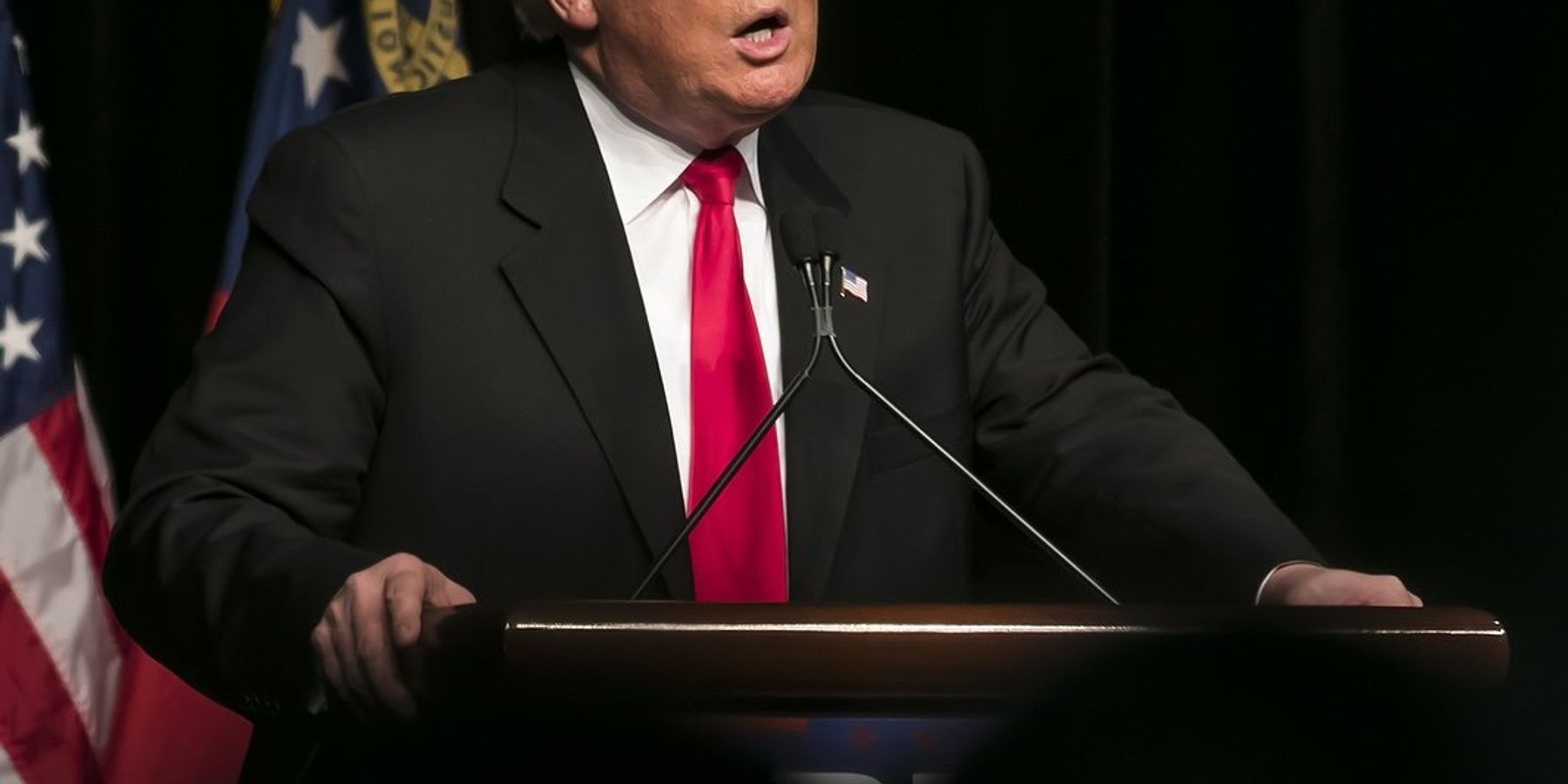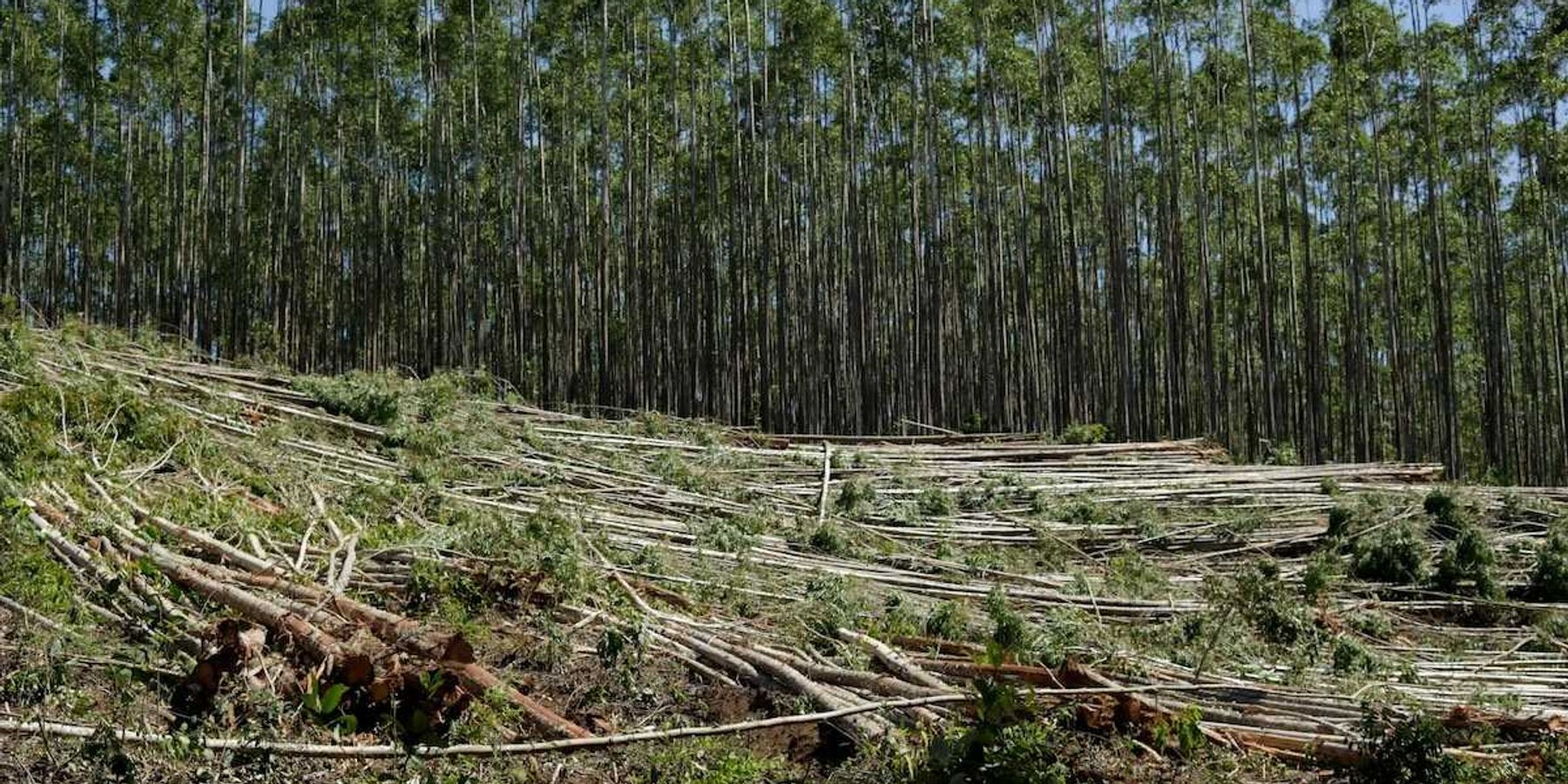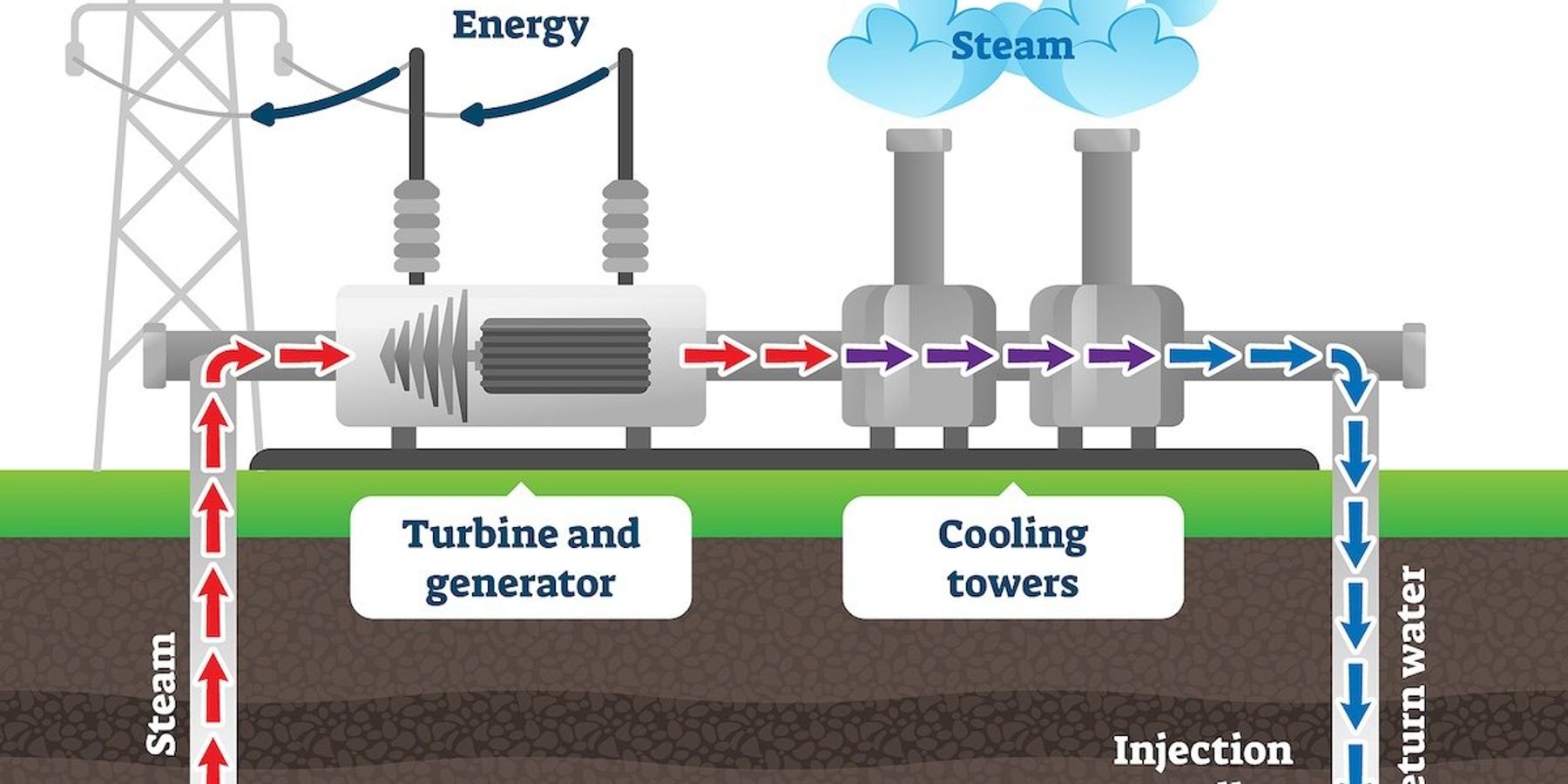Solar is no longer alternative energy—it's the new default
Around the globe, solar power is scaling up at a breakneck pace, reshaping energy systems, economies, and even geopolitics.
Bill McKibben reports for The New Yorker.
In short:
- Solar and wind are now the fastest-growing energy sources in history, with global solar capacity doubling in just two years and new projects supplying most of the world’s electricity demand.
- China, India, South America, Africa, and even U.S. states like Texas are turning to renewables for affordability, reliability, and resilience in the face of extreme weather and rising fossil fuel costs.
- The transition is being slowed more by politics and utility red tape than by cost or technology — despite broad public support and economic incentives.
Key quote:
Continuing to burn fossil fuels "is a self-imposed financial penalty" which will "ultimately degrade the country’s long-term global competitiveness.”
— Rob Carlson, energy investor
Why this matters:
Around the world, solar panels are snapping into place faster than policymakers or utilities can keep up. This is no longer a boutique solution or a PR move but a basic infrastructure. And yet, ironically, it’s politics and bureaucracy — not price tags or power output — that are slowing this runaway train. Utilities are clinging to their old monopolies, while outdated policies drag their feet on connecting new projects. Still, the momentum is clear. And although the U.S. government may be retreating back toward fossil fuels, much of the rest of the world is marching steadily toward a bright solar future.
Read more: In the race for clean energy, the US is both a leader and a laggard — here’s how













